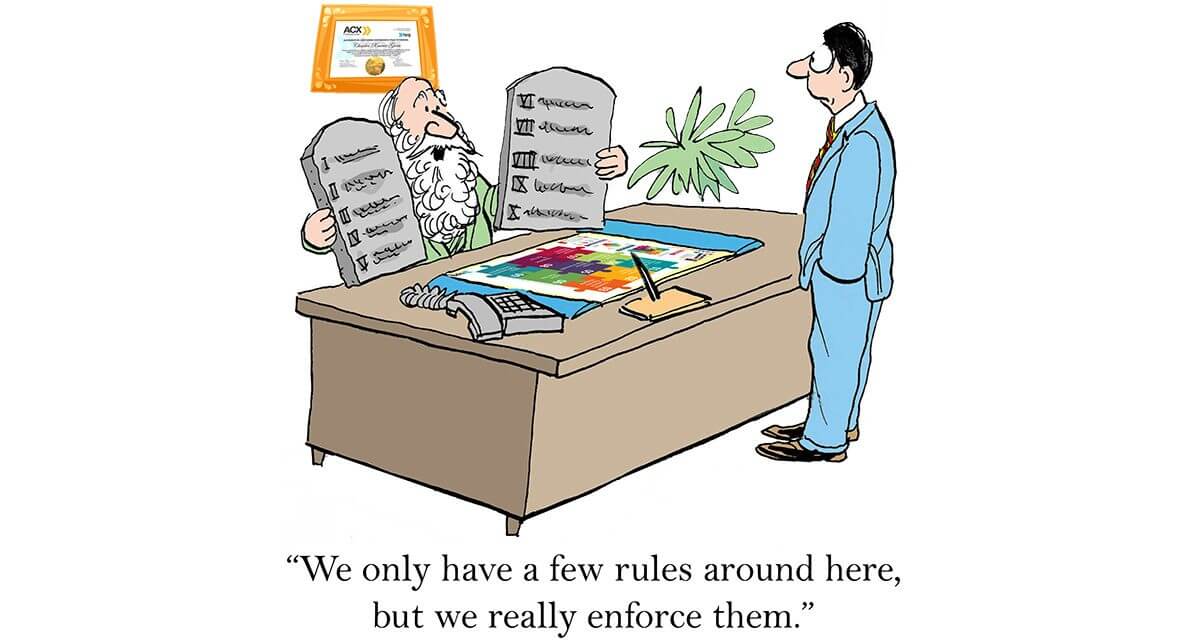Patterns. They are Fascinating. If you can understand them, and model them then you can deliver amazing results.

When I was a young kid I loved the weather forecast on TV. All those swirly lines (isobars as I was later to discover) and fronts.
Then I discovered astronomy, got a telescope, and stared in awe at the planets, stars and galaxies. It was mind blowing how they all worked together through invisible forces.

Then a good childhood friend of mine introduced me to chess. Amazing, wow! I studied openings and endings and everything in between. The great world champions, Tal, Botvinnik, Fisher and Magnus Carlsen.
Then came meditation and brainwaves. I dabbled with gamma, alpha, beta, theta and Delta and watched them represent our brain processes. I love neuro-science. Then I discovered love, the crazy emotional ups and downs, the exhilaration, heartache and the deep deep introspection.

So what do all these things have in common? Yes, patterns! If you can ‘see’ the pattern, figure them out then you too can become good with them.
Something occurred to me – were our lives governed by patterns? That ‘aha’ moment took me on a career path initially in Industrial Engineering, then Process Reengineering, then Systems Engineering, Enterprise Architecture, and even into Neuro-Linguistic Programming, Medical Hypnotherapy and Reiki.

My life can be summed as one of trying to understand patterns of energy, how they relate and how they work.
Patterns have worked for me, whether in my business life, personal (can anyone truly understand our partners and children?!), hobbies, music and so much more. By studying the greats, people, organisations, mentors and leaders you can model their patterns, codify them and share with others.

That is what, with some great friends and colleagues, we have done in and around Experience Management, whether that is writing bestselling books, developing business transformation methods, launching new software tools or simply living better lives. Working with the worlds best companies we picked apart the complexity and saw the simple beauty of approaches that work outstandingly every time without exception.
And now we have brought them online. We have unpacked the wisdom, applied pragmatic techniques and repackaged the patterns into workable replicable behaviours that we can all learn and make our own.
Please join us on this incredible journey in the next few weeks.

As a primer this course is running now – Outside-In Vision.
6 weeks at 3 hours per week to learn and practice the patterns that win the game for the worlds leading companies.
Join us live or watch the recorded interactive hands-on sessions at a time to suit you. You may just have discovered the key that picks any lock.




















